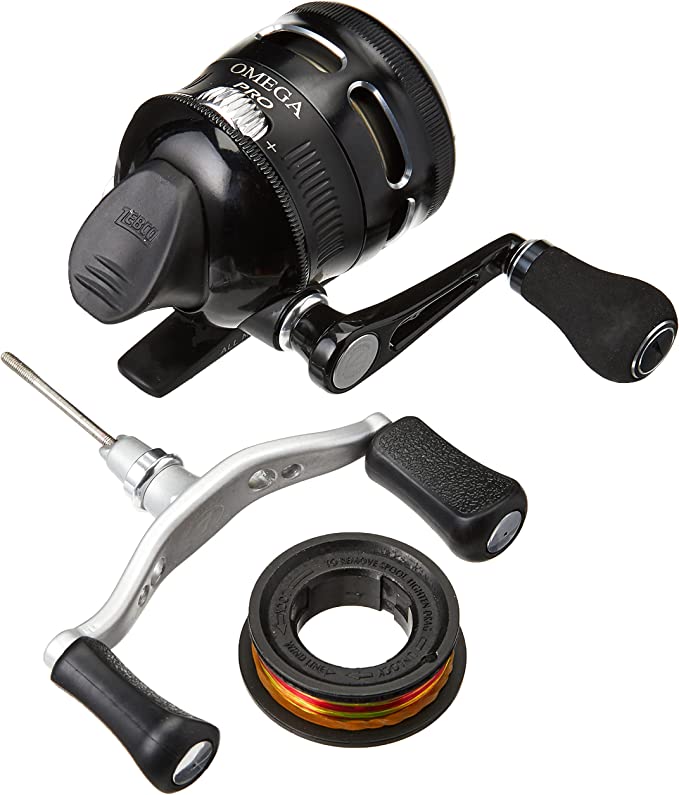The Physics of Purity: Inside the Katadyn KFT Expedition's $2000 Engineering
Update on Nov. 19, 2025, 4:56 p.m.
In the hierarchy of survival needs, water is absolute. But in the remote wilderness or a disaster zone, water is also a vector for biological warfare. Bacteria, protozoa, and cysts wage a microscopic campaign against the human gut. To combat this, most hikers rely on plastic pumps or gravity bags.
The Katadyn KFT Expedition is not a hiking accessory; it is a portable municipal water treatment plant. Built from stainless steel and priced like a used car, it demands an explanation. Why invest in this beast? The answer lies in Micro-Mechanical Engineering and Oligodynamic Physics.

The Ceramic Fortress: Depth Filtration Physics
Most modern filters use hollow fibers—think bundles of microscopic straws. They are fast and light but fragile. The Katadyn Expedition uses Sintered Ceramic.
This filter element is a solid cylinder of diatomaceous earth, fired at extreme temperatures to create a rigid, porous structure.
* Tortuosity: Unlike a simple screen, the ceramic creates a “tortuous path.” Water is forced through a maze of microscopic channels.
* The 0.2 Micron Barrier: The pore size is strictly controlled to 0.2 microns ($0.2 \times 10^{-6}$ meters).
* Bacteria (e.g., E. coli, Salmonella): 0.5 - 5.0 microns. Blocked.
* Protozoa (e.g., Giardia, Cryptosporidium): > 10 microns. Blocked.
This is mechanical exclusion at a cellular level. The pathogens physically cannot fit through the door.
The Silver Shield: Oligodynamic Effect
Mechanical filtration has a weakness: bacteria can grow through the pores over time (grow-through). Katadyn solves this with Silver Impregnation.
Silver exhibits the Oligodynamic Effect, a biocidal phenomenon discovered in the 19th century but perfected here.
1. Ion Release: Silver ions ($Ag^+$) slowly diffuse from the ceramic matrix.
2. Cellular Attack: These ions bind to the thiol groups (-SH) in bacterial enzymes, effectively suffocating the pathogen’s respiratory system.
3. DNA Lock: They also bind to bacterial DNA, preventing replication.
This turns the filter element itself into a hostile environment for microbial life, preventing the internal colonization that plagues lesser filters during storage.

Hydrodynamics: The 4L/min Flow Rate
Filtering water through dense ceramic usually means a slow drip. Yet, the Expedition pumps 4 liters per minute. This is achieved through a massive surface area and a high-efficiency piston pump. * Surface Area: The corrugated design of the filter element maximizes the contact area between water and ceramic, reducing hydraulic resistance (Darcy’s Law). * Positive Displacement: The stainless steel pump shaft allows for high-pressure generation without the risk of cracking plastic components. You can drive water through the filter with significant force, maintaining flow even as the filter begins to clog with sediment.
Field Maintainability: The Sieve That Regenerates
The Achilles’ heel of hollow fiber filters is that once they clog, they are often done. Backflushing helps, but silt eventually wins.
The Katadyn ceramic element is Ablative. When the flow slows down due to sediment buildup on the outer layer:
1. You remove the element.
2. You scrub the surface with the included abrasive pad.
3. The Result: You physically remove the clogged layer of ceramic, exposing a fresh, unclogged layer of pores underneath.
This process can be repeated up to 100 times, giving the filter a lifespan of 100,000 liters (26,000 gallons). It is the only filter type that gets “new” again in the field.

Conclusion: The Logic of Durability
The Katadyn KFT Expedition is heavy (11.5 lbs) and expensive. For a solo backpacker, it is absurd. But for a rafting guide, a relief organization, or a base camp manager, it is the only logical choice.
It trades “ultralight” for “ultra-reliable.” By combining the physical barrier of ceramic with the chemical warfare of silver and the structural integrity of stainless steel, it ensures that the most critical resource—water—is never a gamble. It is a machine built for the worst days, engineered to work when everything else fails.



















